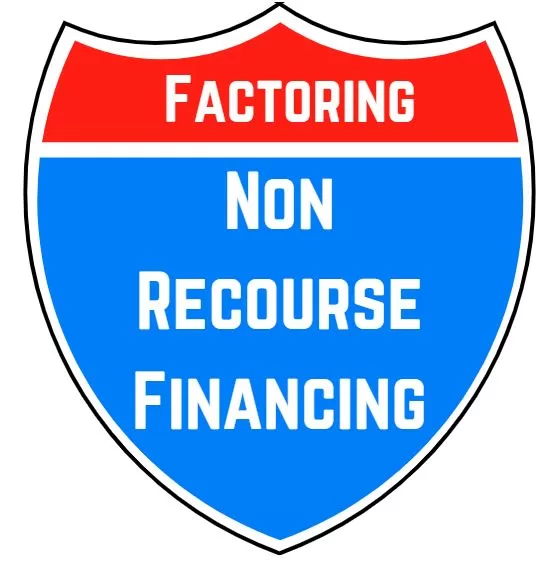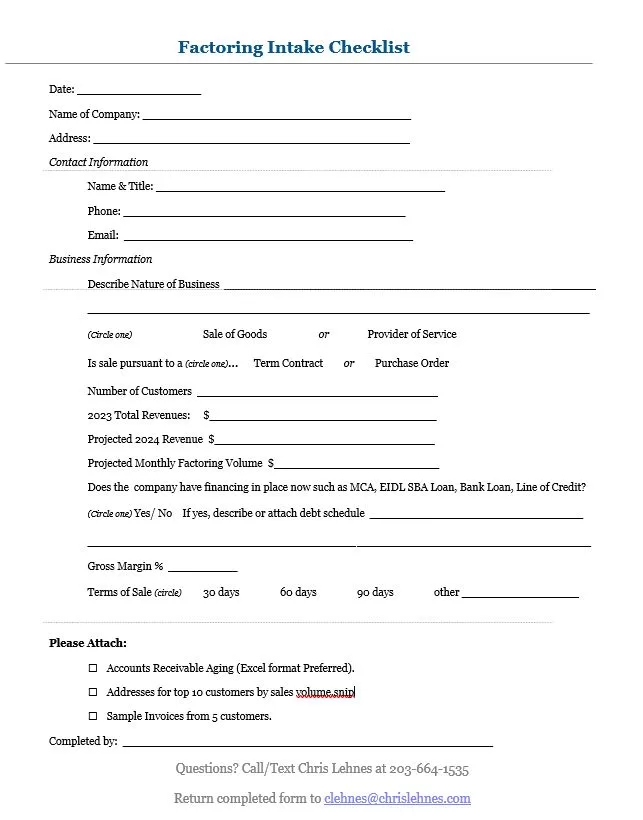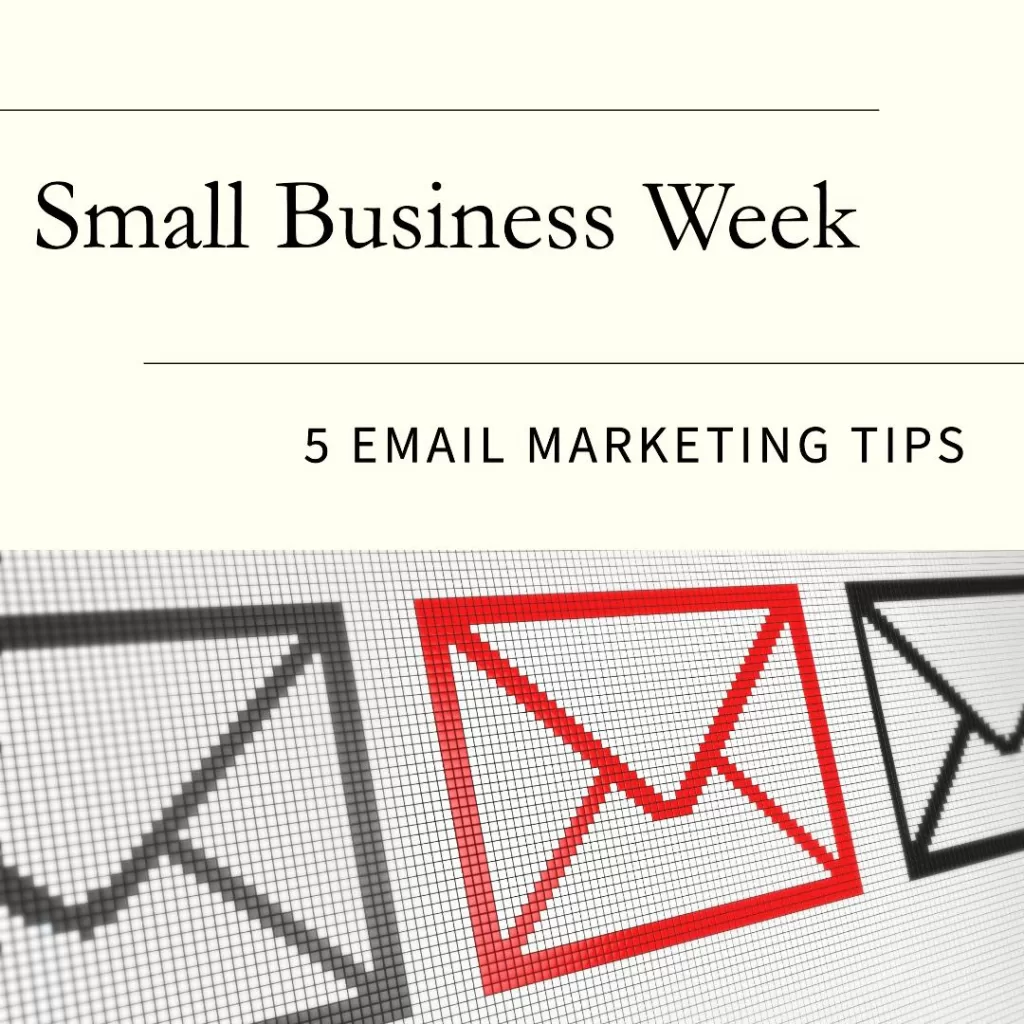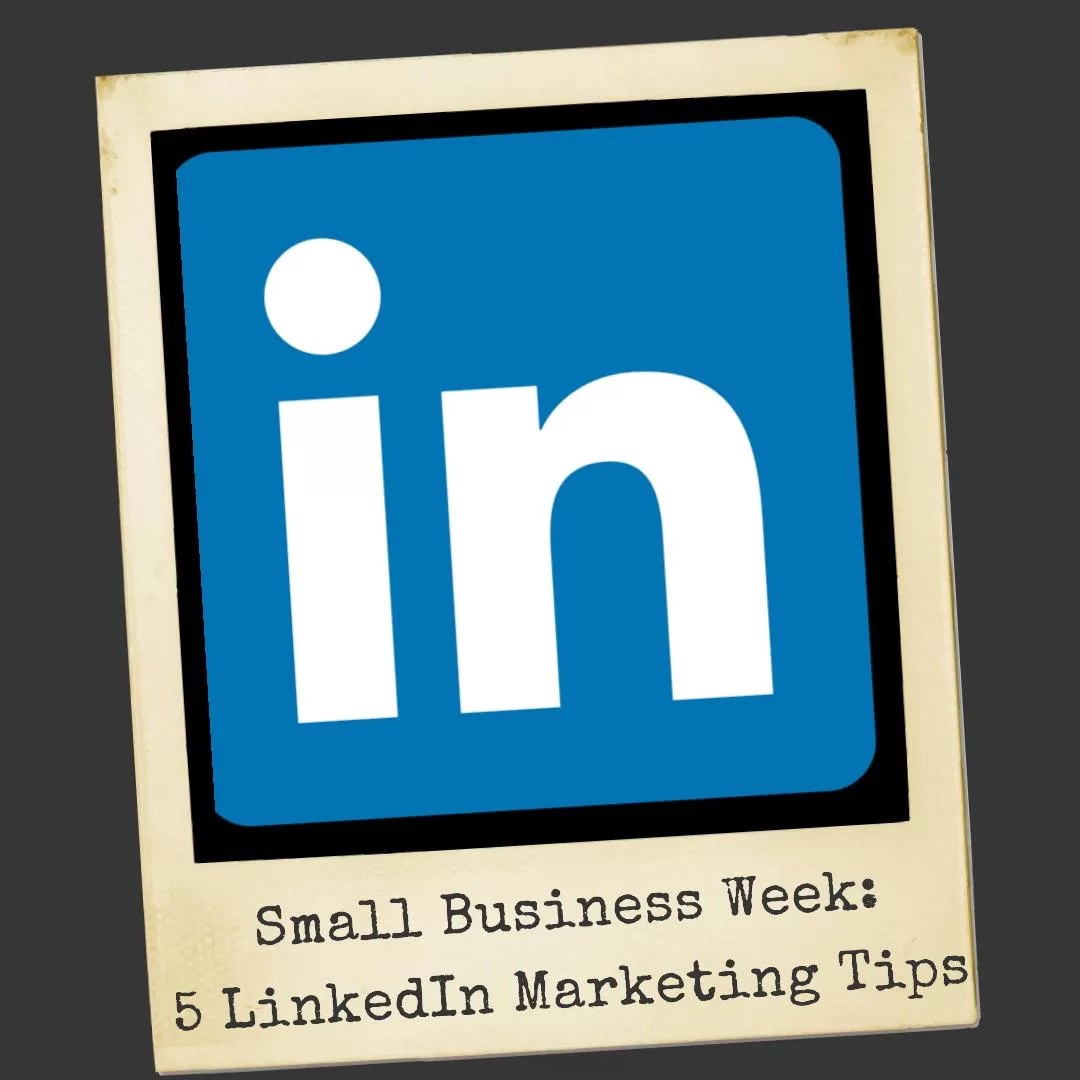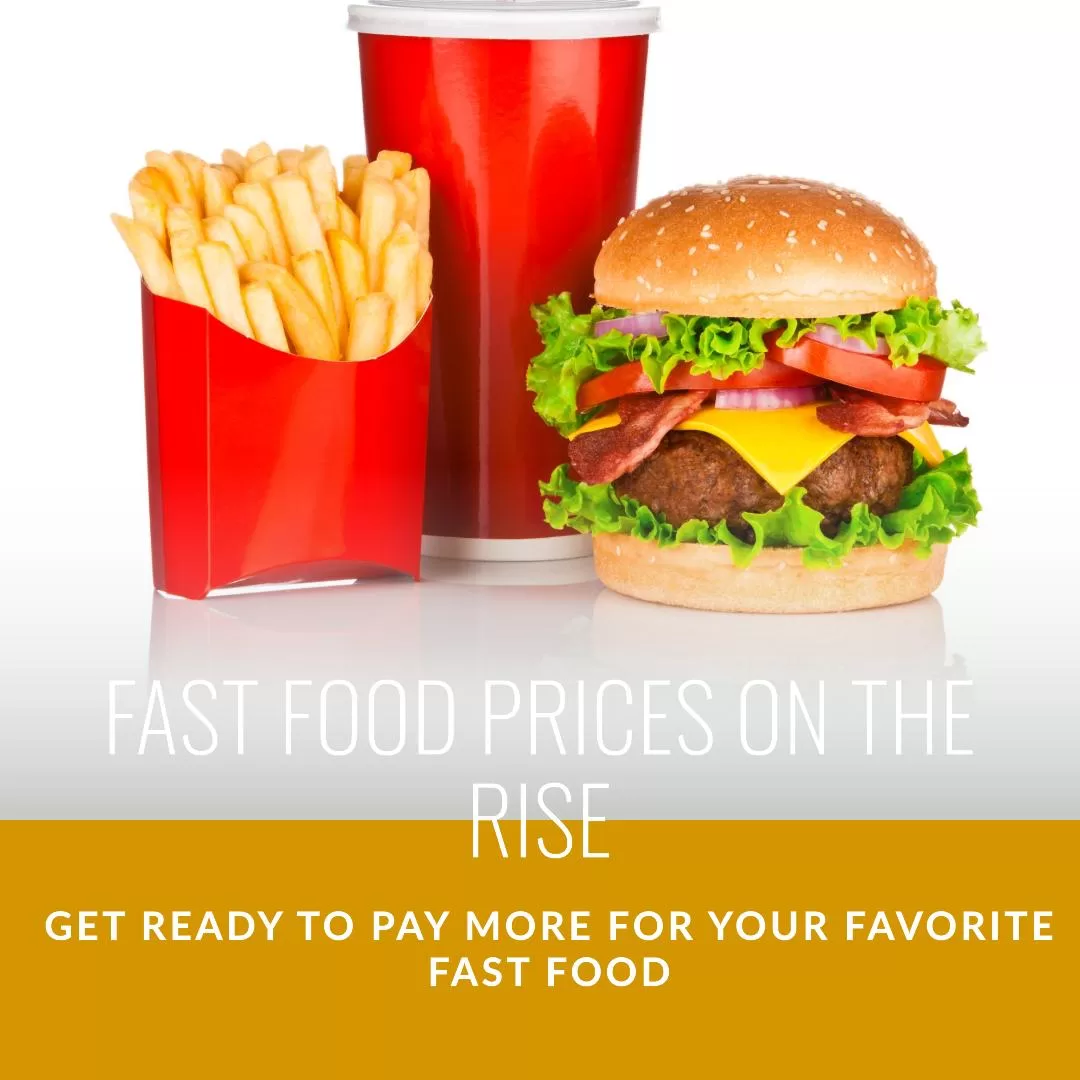Tips for Small Businesses During Small Business Week
During Small Business Week, small businesses are presented with an opportune moment to refine their marketing strategies and strengthen customer engagement. Email marketing, a cost-effective and versatile tool, remains a cornerstone of digital marketing efforts for small businesses. In this article, we explore five effective email marketing tips tailored to small businesses, empowering them to maximize their impact during Small Business Week and beyond.
1. Personalization is Key:
Personalized email content resonates with recipients and fosters a sense of connection and relevance. Small businesses can leverage customer data and segmentation techniques to personalize email communications based on demographics, purchase history, and browsing behavior. Address recipients by name, tailor content to their interests and preferences, and incorporate dynamic content blocks to deliver targeted and engaging messages. Personalization enhances the effectiveness of email campaigns, driving higher open rates, click-through rates, and conversion rates.
2. Craft Compelling Subject Lines:
Subject lines play a pivotal role in capturing recipients’ attention and enticing them to open emails. Small businesses should focus on crafting concise, compelling subject lines that convey value, urgency, or curiosity. Experiment with different tactics, such as incorporating emojis, posing questions, or offering exclusive offers or discounts. A/B testing subject lines allows small businesses to identify high-performing variations and refine their approach over time. Remember to keep subject lines relevant to the email content to maintain trust and credibility with subscribers.
3. Optimize for Mobile Devices:
With a growing number of consumers accessing emails on mobile devices, it’s imperative for small businesses to optimize their email campaigns for mobile responsiveness. Design emails with a mobile-first mindset, ensuring that content renders seamlessly across various screen sizes and devices. Use single-column layouts, clear call-to-action buttons, and concise messaging to enhance readability and usability on mobile devices. Test email templates using responsive design tools to ensure a consistent and user-friendly experience across desktop and mobile platforms.
4. Foster Engagement with Compelling Content:
Engaging content lies at the heart of effective email marketing campaigns. Small businesses should focus on delivering valuable, relevant, and engaging content that resonates with their target audience. Share informative articles, how-to guides, product updates, customer testimonials, and exclusive promotions to keep subscribers informed and entertained. Incorporate visually appealing elements, such as images, videos, and infographics, to enhance engagement and convey messages effectively. Encourage feedback, comments, and social sharing to foster two-way communication and community building.
5. Measure, Analyze, and Iterate:
Continuous improvement is essential for optimizing email marketing performance and driving meaningful results. Small businesses should leverage email marketing analytics tools to track key performance metrics, such as open rates, click-through rates, conversion rates, and unsubscribe rates. Analyze campaign data to gain insights into subscriber behavior, preferences, and engagement patterns. Use these insights to refine targeting, content strategy, and email cadence for future campaigns. Experiment with different approaches, monitor results, and iterate based on performance feedback to maximize the effectiveness of email marketing efforts.
As Small Business Week approaches, small businesses have an opportunity to elevate their email marketing strategies and deepen connections with customers. By prioritizing personalization, crafting compelling subject lines, optimizing for mobile devices, delivering engaging content, and embracing data-driven decision-making, small businesses can enhance the effectiveness of their email marketing campaigns and drive sustainable growth and success in today’s competitive landscape. Through strategic experimentation, continuous improvement, and a customer-centric approach, small businesses can leverage the power of email marketing to cultivate lasting relationships, foster brand loyalty, and achieve their business objectives.
Connect with Factoring Specialist, Chis Lehnes on LinkedIn
Read more articles
